What Is A Leaky Chimney?
Let’s face it. Water is likely to enter your chimney. It comes in from the top; whether it is from rain or melting snow, it will find its way in. Our chimneys take a beating. The winters can be brutal with gusting winds, snow, and sleet.
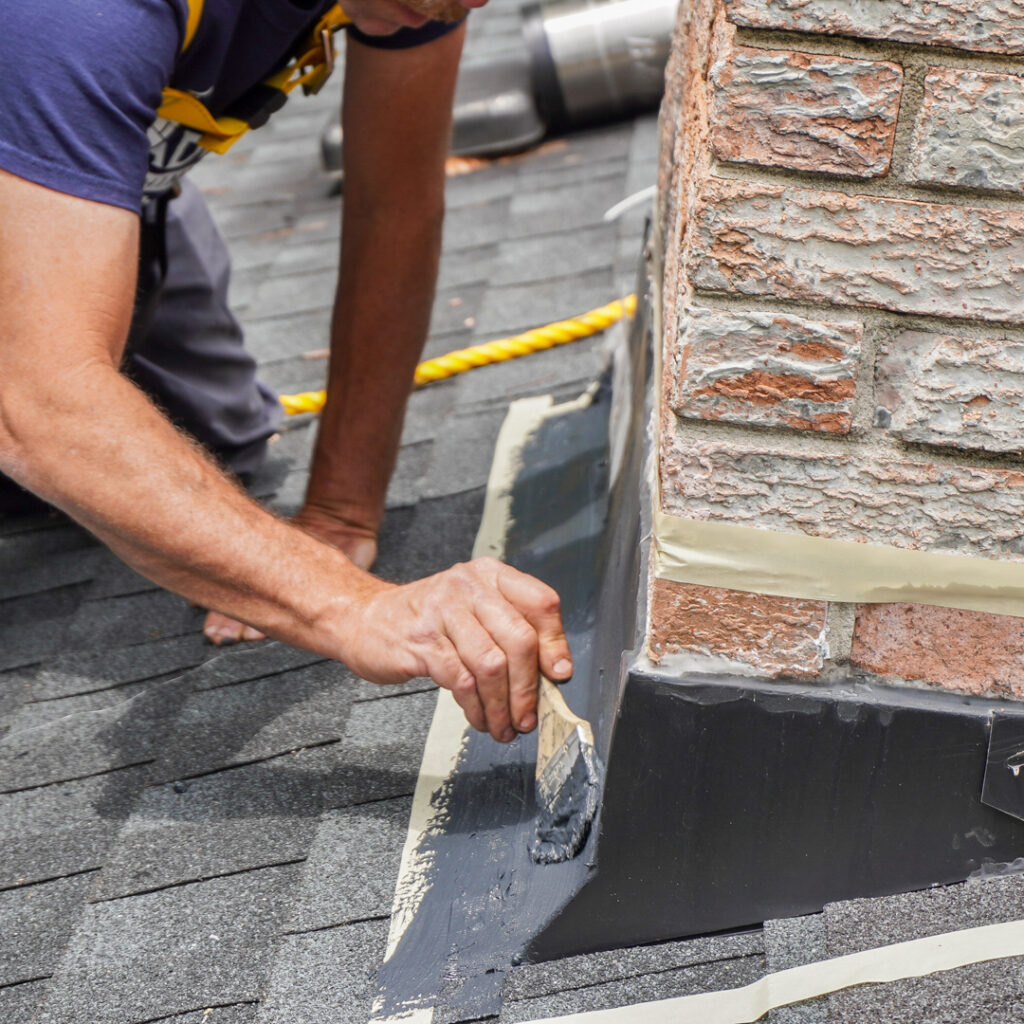
What Are The Causes of a Leaky Chimney?
- Cracked chimney crown. With age, the chimney crown can crack. The crown is made out of cement and is susceptible to cracks.
- No Chimney cap. Without a chimney cap, water can drip into your chimney. Sometimes at large amounts.
- Masonry and mortar deterioration. Over time, without proper sealant, masonry will deteriorate, causing cracks and spalling. Rain and snow seep into the cracks. During the winter, the freeze-thaw concept happens, causing cracks to increase. Those cracks let more water in.
- Wood siding. If your home has a wood chase with wood siding, knots in the wood, and cracks in the wood, it allows water to get in, causing leaks.
- Leaking Flashing. Improperly installed or damaged chimney flashing will allow water to get in.
The summers are just as bad, with the summer heat and the occasional summer storm. Hurricanes can whip up quite a disaster.
A leaky chimney is a different story. If your chimney crown has cracks, you do not have a chimney cap, or flashing is not installed correctly, water will get in and cause damage. These are the things that you can control.
How will I know if I have A Leaky Chimney?
Here is what to look for.
- Water in the firebox. You should not have puddles of water in your firebox.
- Discoloration on the exterior of your chimney. This is called efflorescence. It’s a white, chalky deposit that is derived from the salt in the bricks.
- A smell of mold and mildew. This musty smell is coming from water that has leaked into the chimney. It hasn’t had a chance to dry out, and mold has started to grow.
- You can see water damage on the ceiling or the walls near the chimney.
What Should I Do To Prevent a Leaky Chimney?
Along with your annual chimney sweep and inspection, consider applying a water sealant to your chimney. Our team at Northeastern Chimney is professionally trained to apply a quality sealant. Keeping up with the maintenance of your chimney is your best defense.
Here is what you can do.
- Water sealant.
- Annual Inspection.
- Annual Chimney Sweep.
- Watch for signs of water damage as noted above.

Scheduling with Northeastern Chimney is easy and quick. Let us help you manage the details of keeping your chimney dry and preventing damage.
Professionals suggest that an annual Chimney sweep and inspection be conducted. When a problem arises, the best plan is to tackle it as soon as possible. This will cost you much less than if you let the damage to the fireplace and bricks go on too long.
Schedule your inspection or cleaning soon by calling Northeastern Chimney. We service all of Hartford, Tolland, and Litchfield Counties. All our chimney technicians are trained and qualified. We are active in the National Chimney Sweep Guild (NCSG).
The post What Is A Leaky Chimney? appeared first on .
This post first appeared on https://www.mychimney.com

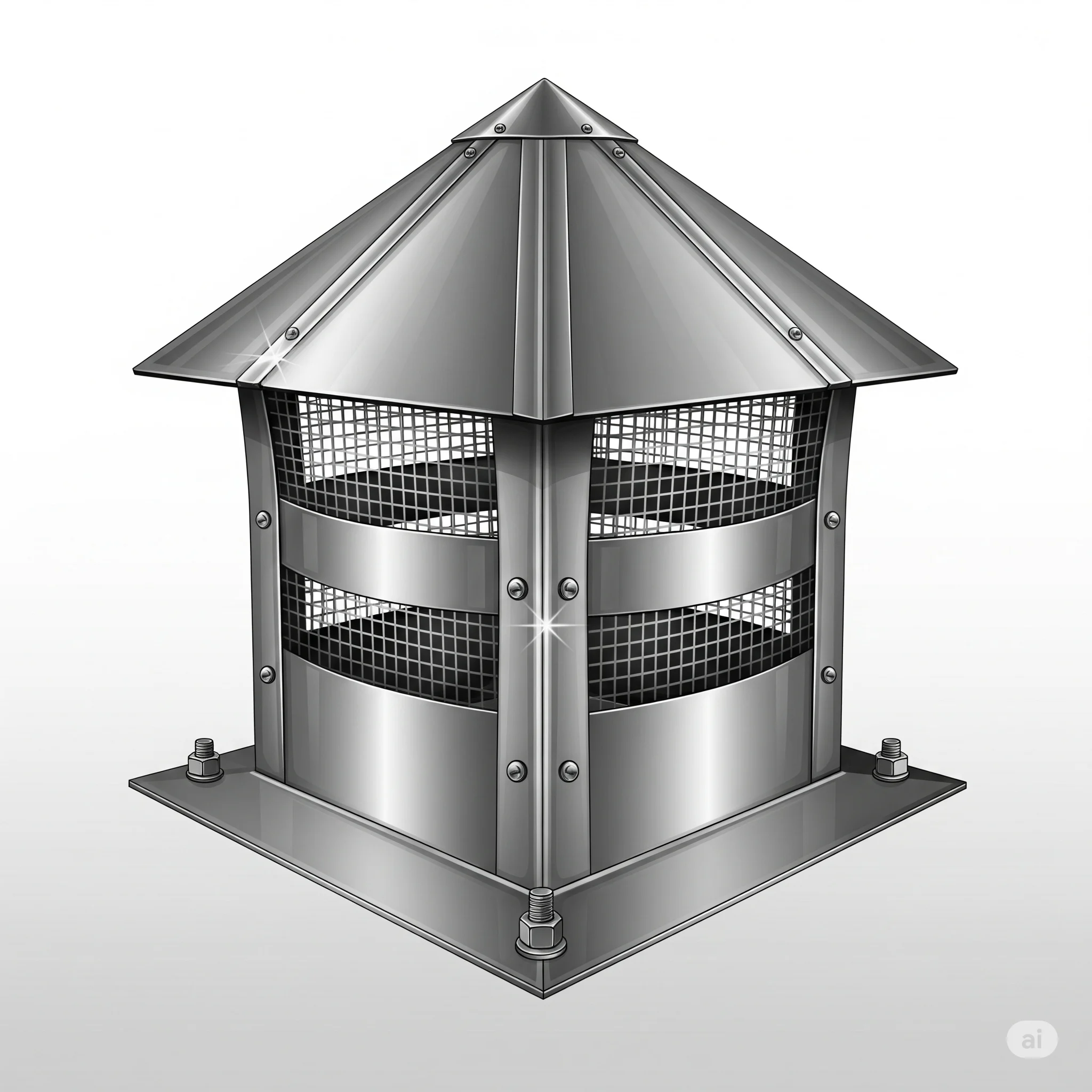
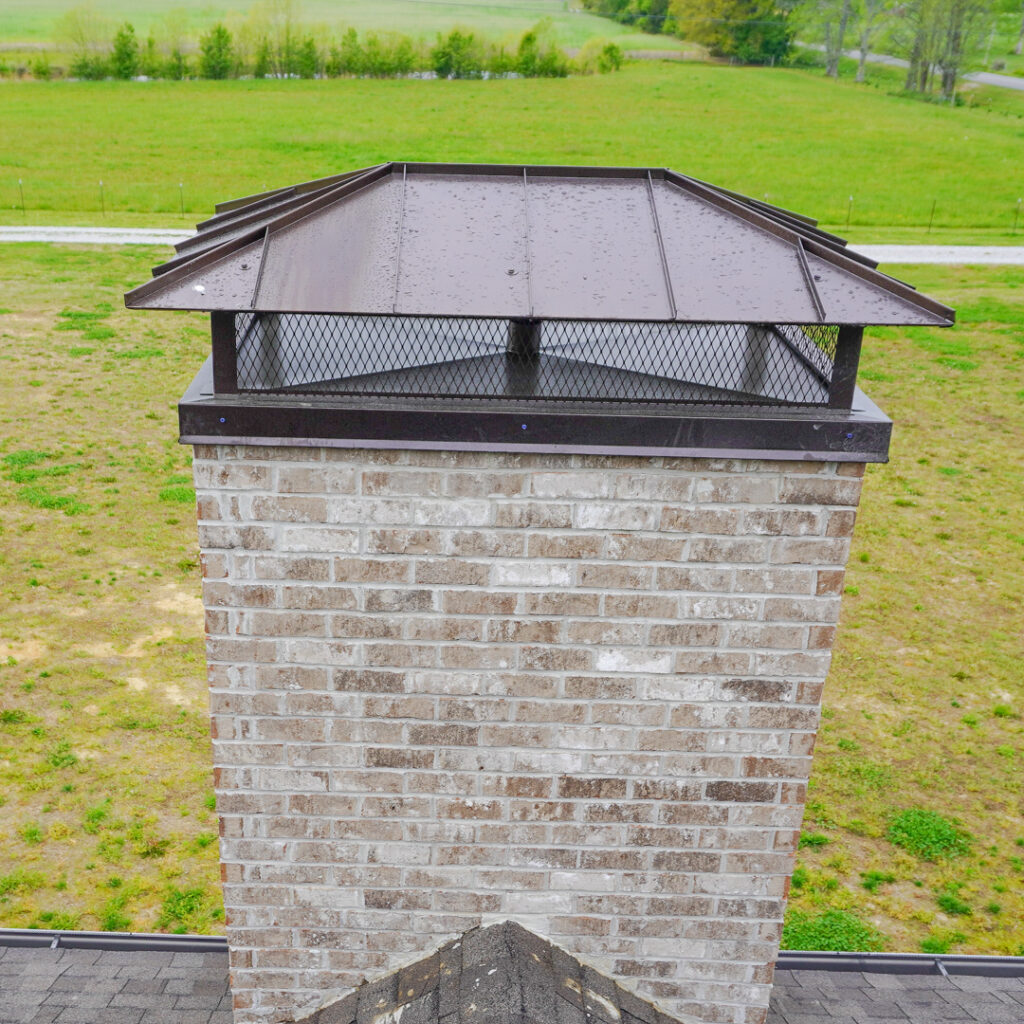
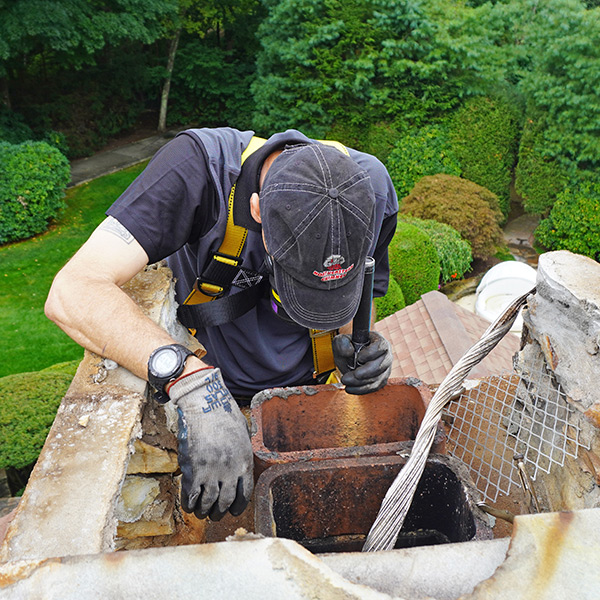
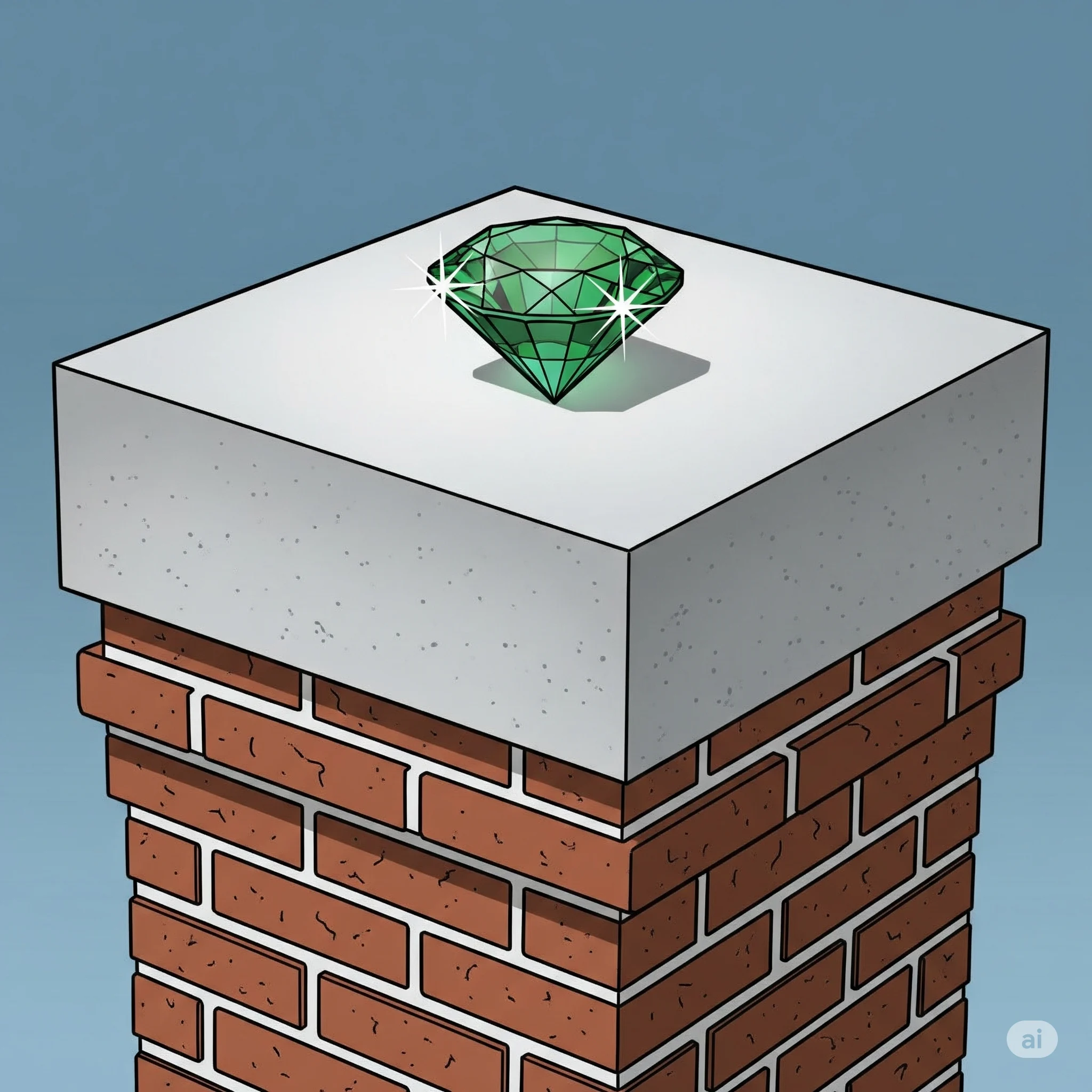
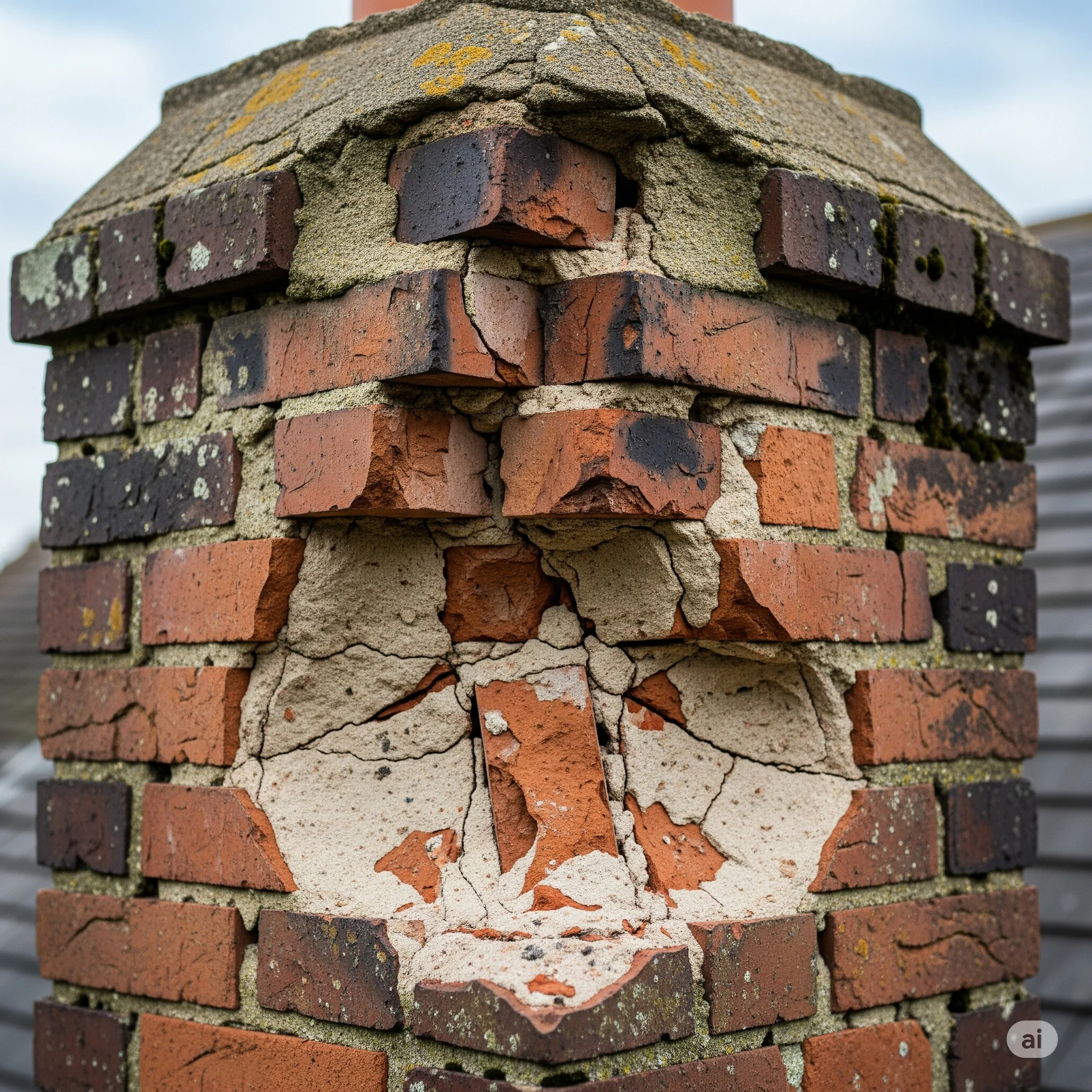
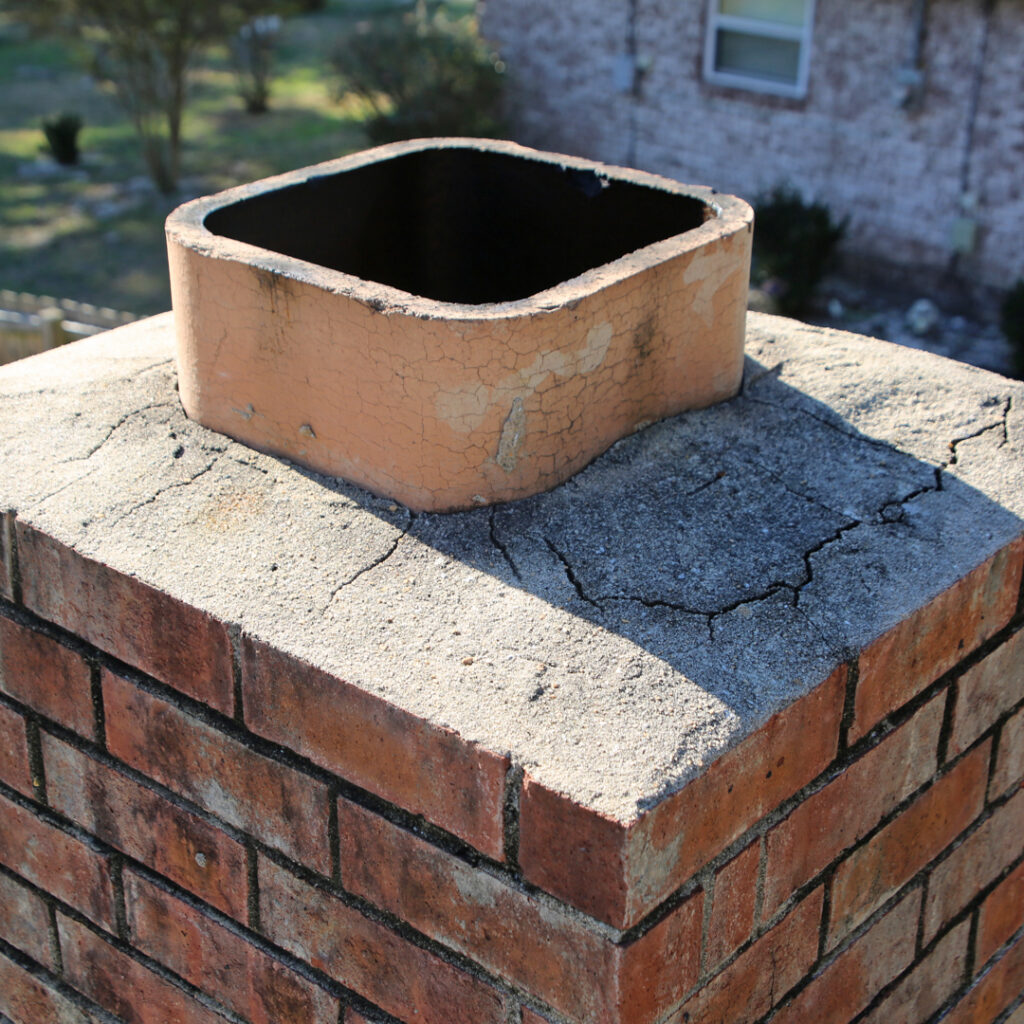 What is a Chimney Crown?
What is a Chimney Crown?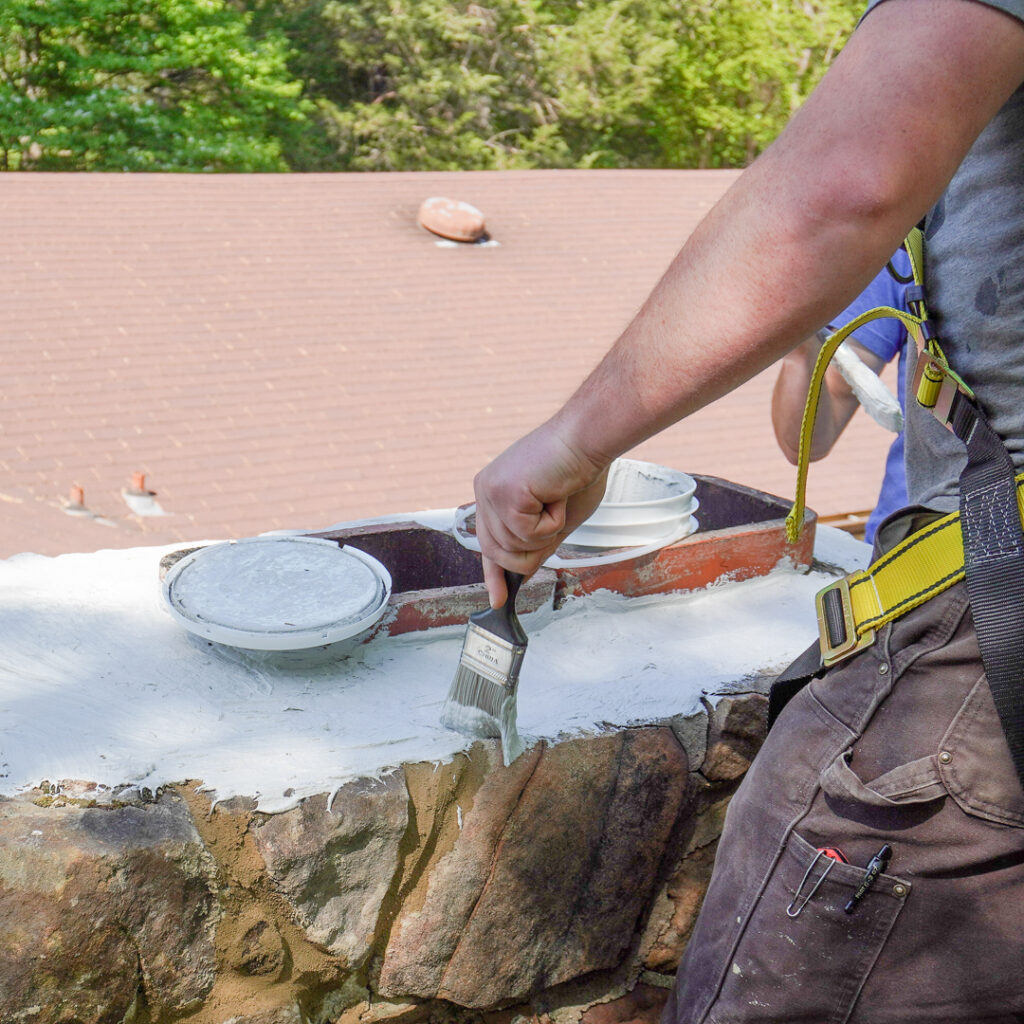 A professional chimney sweep can inspect the crown and let you know whether it needs sealing, resurfacing, or a full rebuild. The good news is that if you catch problems early, repairs are usually quick and affordable. Wait too long and you could be looking at a much bigger job, like rebuilding part of the chimney.
A professional chimney sweep can inspect the crown and let you know whether it needs sealing, resurfacing, or a full rebuild. The good news is that if you catch problems early, repairs are usually quick and affordable. Wait too long and you could be looking at a much bigger job, like rebuilding part of the chimney.

 Fire Prevention:
Fire Prevention: Based on the time you will be in the home as well as your budget, there is a liner for you. The safety benefits are worth the expense. Contact Northeastern Chimney for more information on the type of chimney liner that is best for you.
Based on the time you will be in the home as well as your budget, there is a liner for you. The safety benefits are worth the expense. Contact Northeastern Chimney for more information on the type of chimney liner that is best for you.